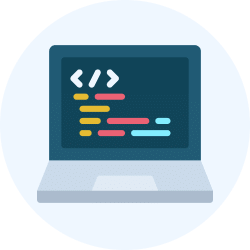Pipeline Hazards Video Lecture | Computer Architecture & Organisation (CAO) - Computer Science Engineering (CSE)
FAQs on Pipeline Hazards Video Lecture - Computer Architecture & Organisation (CAO) - Computer Science Engineering (CSE)
| 1. What are pipeline hazards in computer science engineering? |  |
Ans. Pipeline hazards are situations that can occur in a computer processor's pipeline, causing a delay or incorrect execution of instructions. These hazards include structural hazards, data hazards, and control hazards.
| 2. How do structural hazards occur in a computer's pipeline? |  |
Ans. Structural hazards occur when multiple instructions require the same hardware resource at the same time. This can lead to conflicts and delays in the pipeline's execution. For example, if two instructions need to access the same memory location simultaneously, a structural hazard may occur.
| 3. What are data hazards in pipeline processing? |  |
Ans. Data hazards occur when there is a dependency between instructions that can cause conflicts in accessing or using data. There are three types of data hazards: read-after-write (RAW), write-after-read (WAR), and write-after-write (WAW). These hazards can result in incorrect or delayed instruction execution.
| 4. How can data hazards be resolved in pipeline processing? |  |
Ans. Data hazards can be resolved using techniques such as forwarding (also known as bypassing) and stalling (also known as pipeline interlocking). Forwarding allows the processor to forward the data from an earlier instruction directly to a later instruction, reducing the need to wait for the data to be stored and retrieved from memory. Stalling involves inserting "nop" (no-operation) instructions to delay the execution of instructions and resolve dependencies.
| 5. What are control hazards in pipeline processing? |  |
Ans. Control hazards occur when the flow of instructions is altered or interrupted, leading to incorrect execution. One common control hazard is a branch instruction, where the processor needs to determine whether to take a branch or continue with sequential execution. Branch prediction techniques, such as branch target buffers and branch history tables, are used to mitigate control hazards and improve pipeline efficiency.
Related Searches




















